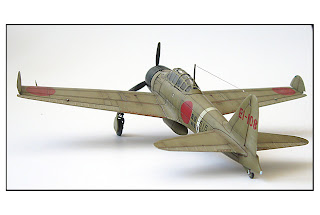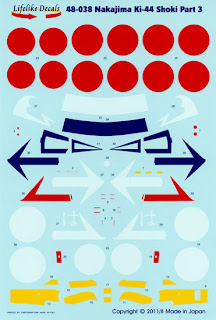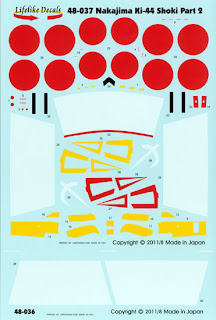First issue "green" box from 1975
The remarkable Revell 1/72nd scale kit of the Mitsubishi Ki-21 "Sally", prolific JAAF bomber of the Second World War, first appeared in 1975* and was perhaps the jewel in a collection of five ground-breaking kits of Japanese twin-engined aircraft. The other subjects have all since been covered by more modern kits from Japanese manufacturers; Hasegawa issuing a whole series of new kit variants of the Ki-45 Toryu "Nick", P1Y Ginga "Frances" and Ki-49 "Helen", whilst Fujimi released a series of J1N "Irving" variants. About the time that Hasegawa were embarking on this series of new, updated kits of Japanese twins, MPM in the Czech Republic released a new kit of the Ki-21, offered in two versions and subsequently in a "revised" version. Whether this had the effect of cancelling any Japanese plans for a new Ki-21 is hard to say, but the MPM kit is now almost as hard to find as the classic Revell! The world still waits for an up to date, state of the art, mainstream kit to cover what is perhaps the last significant gap in JAAF modelling.

Second issue "red" box from 1976
Revell's Sally appears to have originated from a licence deal in Japan with Gunze Sangyo Inc., then as now primarily a hobby paint manufacturer and Revell's Japanese licensee. It is doubtful that Gunze Sangyo actually designed or molded the kit but the actual manufacturer remains obscure. It might have been Takara because in 1980 the Ki-21 was re-released briefly under a Revell Japan brand label but with Takara's logo prominent on the side of the box - and this kit is often referred to as Revell-Takara. Whoever made it employed engineering well ahead of the game at the time with very fine recessed detail and a very attractive presentation. Received wisdom is that the mold was lost at sea with others when it was transported for manufacturing in one of Revell's other overseas plants but I have never seen the details of this confirmed. If as part of the licensing arrangement the molds belonged to Revell and the arrangements with Gunze and/or Takara came to an end I guess it is quite possible that the molds for the Japanese twins were shipped off to be returned to Revell or some other manufacturing plant.

Revell-Takara box from 1980
But if they are really gone forever the reticence of any of the big Japanese manufacturers to fill this very obvious gap in the 1/72nd scale JAAF line-up is curious. Do they know something we don't? Is their apparent reluctance rooted in the risk that a cheaper re-pop of the very respectable Revell kit could appear on the market in the blink of an eye? If Hasegawa were to release a Ki-21 we might expect the optional variants in Revell's original to be offered as separate kits, as well as the various markings options released one by one (or two if you are lucky) with different box art, and there probably wouldn't be much change from £60. The original Revell kit, selling for anything from £50-60 in recent years now seems to have stabilised around the £35 mark, but I guess it depends how badly you want one. On the face of it a re-pop of the Revell kit looks a viable proposition for an enterprising detective. But where is the mold? Gathering dust in a storage facility in Japan, perhaps the subject of a Jarndyce v Jarndyce type legal tussle over ownership rights, or corroding away beneath the sea?

How the kit appeared in the 1976 Revell Japan catalogue - looking good!
* The John W Burns guide says the original mold was issued by "Revell/Japan (Gunze Sangyo)" in the early 1980's but this seems to refer to the Revell-Takara issue. I have a Revell Japan catalogue for 1976 (with Gunze Sangyo Inc., clearly marked as the Revell Japan licensee) which has all the Japanese twins advertised in it, including the Ki-21 (see above). The first issue box, with green lettering, is copyright dated 1975; the second, with red lettering, is copyright dated 1975 and 1976 so presumably came later and the Revell-Takara box is copyright dated 1980. I'm not aware of any others? Both the Revell Japan kits are molded in dark green plastic (AFAIK) and have the Revell catalogue number 'H-169' whilst the Revell-Takara is molded in grey and has 'S39' above 'H-169'. Incidentally the Revell Japan catalogue entry gives the Ki-21 the name 'Rairyu' (雷龍) which seems to mean 'Thunder Dragon' (or 'Dinosaur') - not a name I have seen used in the same way as Donryu, Hiryu, etc.
Image credits: © 1975, 1976, 1980 Revell Japan


















































